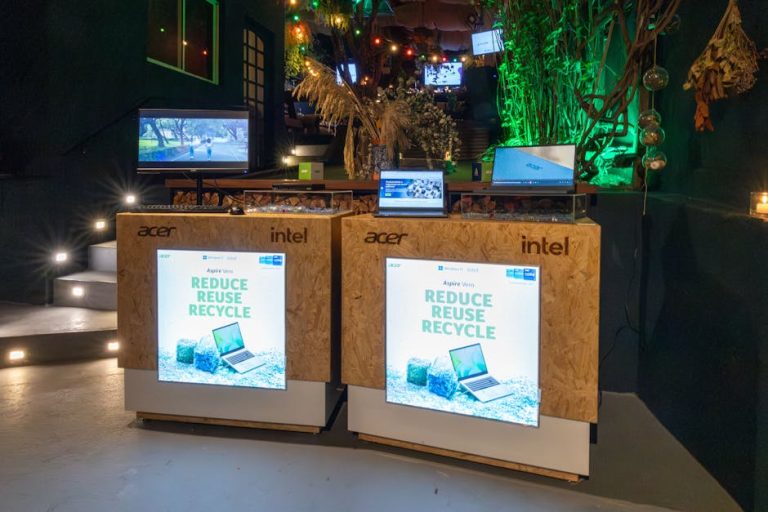
How to Create a High-Converting Affiliate Marketing Email Sequence
Affiliate marketing is a powerful way to generate revenue by promoting products and earning a commission on sales. However, success in affiliate marketing doesn’t just happen overnight. It requires strategic planning, especially when it comes to crafting an email sequence that converts. In this comprehensive guide, we’ll explore how to create a high-converting affiliate marketing email sequence that can boost your earnings and build lasting relationships with your subscribers.
Understanding Affiliate Marketing Email Sequences
An affiliate marketing email sequence is a series of pre-written emails sent to your subscribers over a specific period. Each email is designed to nurture leads, provide value, and ultimately lead them to make a purchase through your affiliate links. A well-structured email sequence can significantly increase your conversion rates, making it an essential component of your affiliate marketing strategy.
Why Email Sequences Matter in Affiliate Marketing
Email marketing has a return on investment (ROI) of 42:1, according to Litmus. This means for every dollar spent, you can expect an average return of $42. Such statistics highlight the importance of mastering email marketing in any affiliate strategy. An effective email sequence helps in:
- Building Trust: Regular communication builds trust with your audience, making them more likely to purchase through your links.
- Providing Value: By delivering valuable content, you position yourself as an authority, increasing the likelihood of conversions.
- Increasing Engagement: A well-crafted sequence keeps your audience engaged, reducing unsubscribe rates.
Steps to Create a High-Converting Email Sequence
Step 1: Define Your Goals
Before writing your email sequence, identify what you aim to achieve. Are you looking to drive traffic to a specific affiliate offer, or do you want to build a long-term relationship with your audience? Clearly defined goals will guide your content strategy and help measure success.
Step 2: Know Your Audience
Understanding your target audience is crucial. Use data from your website analytics, social media insights, and any existing customer data to create a detailed buyer persona. This will help tailor your content to meet their needs and preferences.
Step 3: Craft Compelling Subject Lines
Your subject line is the first thing recipients see, and it can make or break your open rates. According to Campaign Monitor, email subject lines that include personalization have 26% higher open rates. Use tools like CoSchedule’s Headline Analyzer to optimize your subject lines for engagement.
Step 4: Write Engaging Content
Each email in your sequence should provide value. Start with a welcome email to introduce yourself and set expectations. Follow up with content that educates, entertains, or solves a problem for your audience. Include testimonials, case studies, or personal stories to build trust.
Step 5: Strategically Place Your Affiliate Links
While the goal is to generate sales, avoid overwhelming your readers with affiliate links. Place them naturally within the content where they make sense, and ensure you’re transparent about your affiliate relationships. This builds trust and complies with legal requirements.
Step 6: Use Calls to Action (CTAs)
Every email should have a clear, compelling CTA that guides the reader towards the desired action, whether it’s clicking a link, downloading a resource, or making a purchase. Use action-oriented language and make your CTA stand out visually.
Step 7: Segment Your List
Segmenting your email list allows you to send more personalized and relevant content. According to Mailchimp, segmented campaigns have a 14.31% higher open rate than non-segmented campaigns. Consider factors like demographics, purchase history, and engagement levels for segmentation.
Step 8: Test and Optimize
Regularly test different elements of your email sequence, such as subject lines, content layout, and CTAs. Use A/B testing to determine what works best and refine your strategy based on performance data. Tools like Google Analytics and your email marketing platform’s analytics can provide valuable insights.
Case Study: Successful Affiliate Email Sequence
Consider the case of XYZ Affiliate Marketer, who increased their conversion rate by 30% after implementing a well-structured email sequence. They began by segmenting their list based on purchase behavior, then crafted personalized content for each segment. By focusing on delivering value and strategically placing affiliate links, they saw a significant increase in both click-through and conversion rates.
Conclusion
Creating a high-converting affiliate marketing email sequence is an art that combines strategic planning, audience understanding, and continuous optimization. By following the steps outlined in this guide—defining goals, knowing your audience, crafting compelling subject lines, writing engaging content, strategically placing affiliate links, using CTAs, segmenting your list, and testing and optimizing—you can maximize your affiliate marketing success and build a loyal subscriber base. Start implementing these strategies today and watch your affiliate earnings soar.
Remember, the key to a successful affiliate email sequence is providing genuine value to your audience. When done correctly, you’ll not only increase your conversion rates but also foster trust and credibility with your subscribers, leading to long-term success in affiliate marketing.
Do you need your own Affiliate Marketing Expert? Try the chatbot for free



